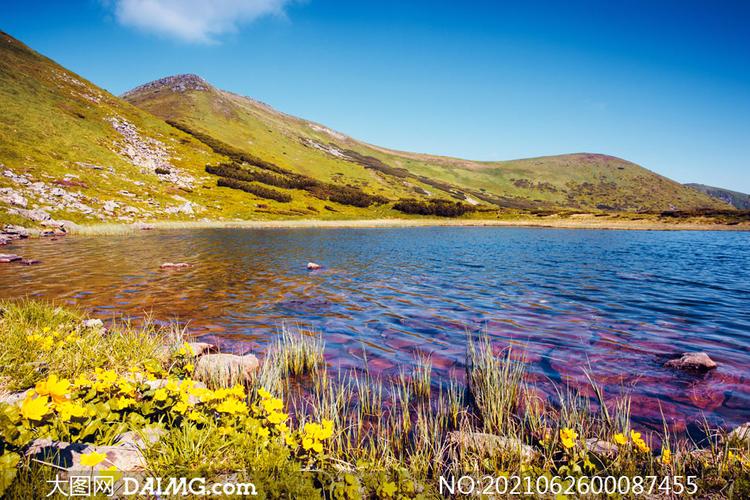Fashion is an ever-evolving industry. From the dawn of civilization to the present day, fashion has been an outlet for creativity, self-expression, and cultural identity. The evolution of fashion has been influenced by various factors such as societal changes, economic factors, technological advancements, and the ever-changing needs and preferences of consumers.
Looking back at ancient times, fashion was more about functionality than style. People dressed to protect themselves from harsh weather conditions or to identify their social status. For instance, ancient Egyptians used clothing as a way of displaying their status, with the pharaohs wearing fine linen while the common people wore simpler clothing made from cotton and flax.
The Renaissance period marked a significant shift in fashion, as people began to experiment with various styles and designs. The clothing of that time was characterized by elaborate patterns, vibrant colors, and luxurious fabrics. During the Industrial Revolution, fashion became more accessible to the masses as manufacturing techniques improved and clothing became more affordable.
In the 20th century, we saw the birth of fashion icons such as Coco Chanel, who revolutionized women’s fashion with her classic, simple designs, and English designer Vivienne Westwood, who brought punk fashion into the mainstream.
Today, fashion is a multi-billion dollar industry, with millions of people around the world working in various sectors of the industry. Environmental awareness and sustainability have become important issues in the fashion industry, with many brands embracing eco-friendly designs and production methods.
Looking to the future, technology is set to play a significant role in fashion. Virtual reality and 3D printing are already being used to produce clothing, and this trend is set to continue. We can expect to see more sustainable clothing production methods and innovative, wearable technology in the coming years.
In conclusion, the evolution of fashion has been exciting, with changes in style, fabric, and production methods driven by various factors. Today, the fashion industry is more inclusive and diverse than ever before, with its constant evolution mirroring the changing times. Fashion has become a medium of self-expression, empowering people to express their individuality and creativity. The future looks bright, with technology and sustainability set to shape the industry in ways we can only imagine.
(Note: Do you have knowledge or insights to share? Unlock new opportunities and expand your reach by joining our authors team. Click Registration to join us and share your expertise with our readers.)
Speech tips:
Please note that any statements involving politics will not be approved.
